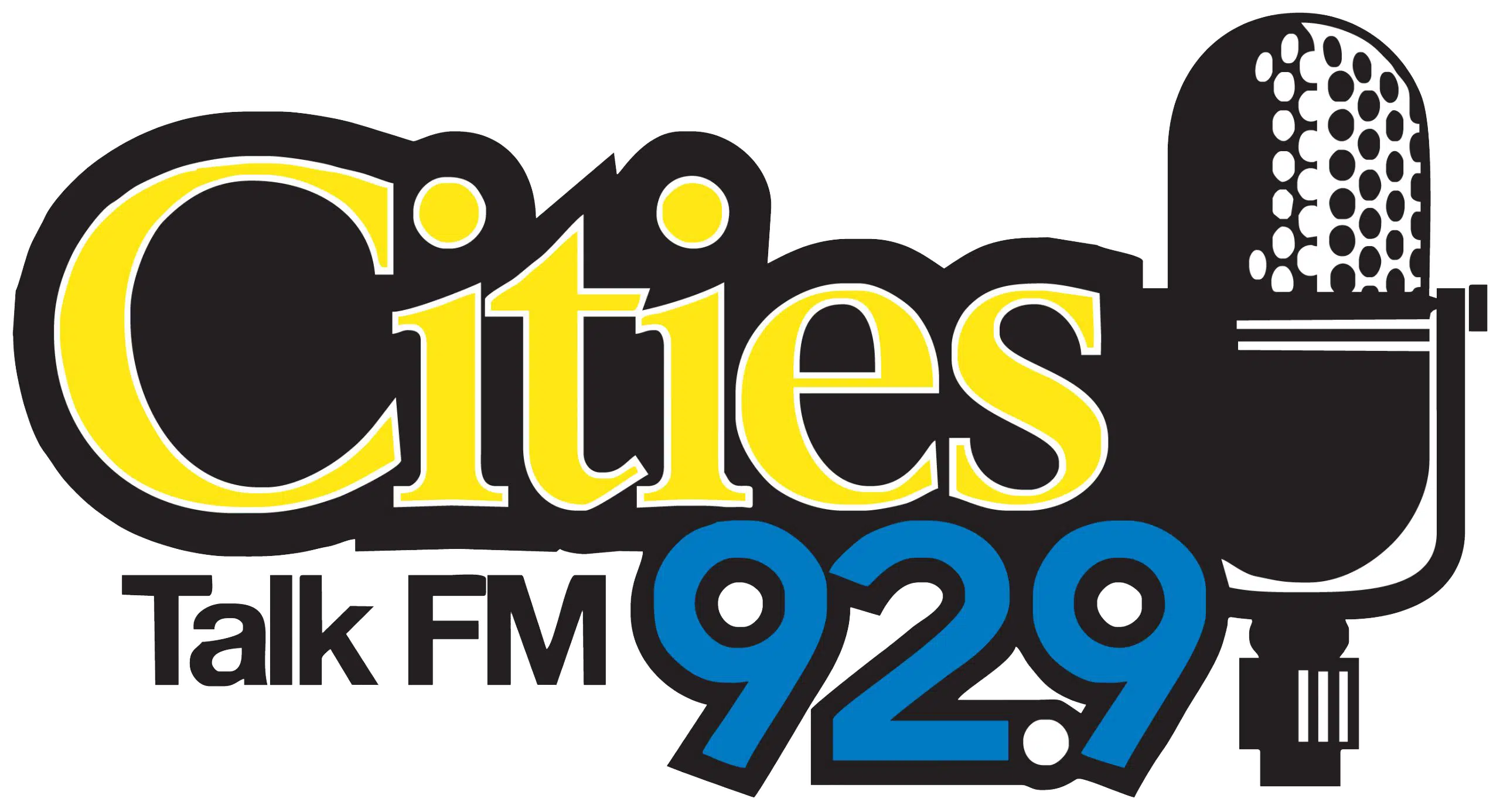During the past two years communities have begun to focus on what their children are being taught today in health classes about Gender and Sex. Much of this is a result of conservatives reacting to Comprehensive Sex Education (CSE).
The United Nations Education Scientific and Culture Organization (UNESCO) defines CSE as, “a curriculum – based process of teaching and learning about the cognitive, emotional, physical, and social aspects of sexuality. It aims to equip children and young people with knowledge, skills, attitudes, and values that will empower them to: realize their health, well-being, and dignity; develop respectful social and sexual relationships; consider how their choices affect their own well-being and that of others; and understand and ensure the protection of their rights throughout their lives.”
SIECUS Sex Ed for Social Change recently published its Second Edition of the National Sexuality Education Standards: Core Content and Skills, K–12. It’s intent, “is to provide clear, consistent and straightforward guidance on the essential minimum, core content for sexuality education that is developmentally and age-appropriate for students in grades K–12.”
“Specifically, the National Sexuality Education Standards were developed to address the inconsistent implementation of sexuality education nationwide and the limited time allocated to teaching the topic,” according to SIECUS.
Stop CSE defines CSE as, “a highly controversial, “rights-based” approach to sex education that encompasses a great deal more than just teaching children and youth about sexual intercourse and human reproduction.”
“Comprehensive sexuality education programs seek to change society by changing sexual and gender norms and teaching youth to advocate for their sexual rights,” Stop CSE says.
Stop CSE continues, “Most CSE programs promote acceptance of diverse sexual identities and orientations and have an almost obsessive focus on sexual pleasure, instructing children and youth at the earliest ages on how to obtain sexual pleasure in a variety of ways.”
Illinois is the only state that has adopted the Second Edition of the National Sexuality Education Standards.
Illinois has 859 school districts. 839 of them opted out of teaching these standards. Unit 5 is one of 20 that did not opt out.
In May, in order to comply with the new state law, the Unit 5 School Board unanimously approved new procedures for sex education for eighth and ninth graders that will take effect next school year in the fall.
Unit 5 takes the position that they only have to address the eighth and ninth grade since that is when they teach sex education. Others argue that, according to the new law, if you do not opt out you must teach CSE at all grade levels.
Unit 5 is also taking the position that they are only updating their curriculum for the 9th grade this year.
When a community gets involved in changes it often becomes aware of things that existed before the changes and has difficulty focusing on the changes. With regard to this subject parents seem alarmed while the school district seems nonchalant.
What is the reason for the vastness of this disconnect? Could it be that CSE has already become entrenched in public education and parents aren’t aware of it? That would explain why parents are outraged at what they perceive to be all new changes.
And if CSE is already so entrenched that would explain why the district doesn’t seem alarmed and why they don’t see the changes they are proposing as any big deal.
Unit 5 has by chance afforded us an opportunity to explore these possibilities. They have said that nothing will change regarding eighth grade sex education curriculum this year. So let’s take them at their word and see what they are already teaching eight graders.
Cities 92.9 has reviewed Unit 5’s current Health textbook; Comprehensive Health by Sanderson, Zelman, Lynch and Munsell. The remainder of this story will focus on what Unit 5 is teaching eight graders on gender.
The text first discusses gender identity in Chapter 15, “Achieving Mental and Emotional Health. Lesson 15.2 is titled “Establishing Your Identity.” A section titled “Gender Identity” begins on page 452.
A sidebar defines gender identity as “a person’s makeup – male or female – and how a person experiences or expresses that makeup.” The text states, “Gender identity describes not just whether people are biologically male or female – based on their genetic makeup and body parts – but also how people feel about and express their gender.”
The text states that, “By three years of age, children usually know whether they are a boy or a girl. Soon after, young children also learn gender roles – the ‘appropriate’ types of attitudes and behaviors for someone of their gender.” A sidebar defines gender roles as “attitudes and behaviors that society considers ‘appropriate’ for males and females.”
Both the text and a sidebar define androgynous as, “a term that refers to people who exhibit feminine and masculine traits equally.”
The text says gender stereotypes, “are culturally defined assumptions about females or males.” The sidebar defines gender stereotypes a bit differently as, “culturally defined assumptions about what it means to be male or female.”
Chapter 24 is titled “Understanding Sexuality”.
At the beginning of each chapter students are asked to take a Health and Wellness IQ test. If they can’t answer the question they are encouraged to pay special attention to that topic as they study. The questions are True/False/It Depends questions. Here are a few questions at the beginning of Chapter 24;
- A baby’s biological sex is obvious at birth.
- Gender identity is assigned at birth and never changes.
- Gender is determined by a person’s genes.
Lesson 24.2 is titled What is Sexuality.
A section titled “Gender” begins on page 248.
At the end of the opening paragraphs to the section the text states, “Despite what most people think, masculinity and femininity are not defined by a person’s sex chromosomes. Instead they are defined by a person’s gender expression, gender role, and gender identity.”
In a Subsection titled “Gender Identity and Expression” a sidebar defines transgender as “a term that describes a person who strongly believes he or she is the opposite gender of that which is indicated by biological sex.”
“If children are confused about their gender, or convinced that they are the opposite gender, parents should be supportive and help them understand their feelings. Sexual identity is inborn, or present at birth, children can not help their sense of sexual identity,” the text states.

Photo Credit: Comprehensive Health
Under a Subsection titled Masculinity and Femininity” the opening paragraph again states, “Masculinity and femininity are not defined by a person’s sex chromosomes, biological sex, or assigned gender.”
“Masculinity and femininity are expectations defined by society,” it adds.
That in a nutshell is what Unit 5 middle schoolers are being taught about gender. Are you shocked? Do you support it? There is no time like the present to contact Unit 5 and let them know how you feel, especially if you have a child entering the eighth grade this fall.
Parents can opt-out of the ninth grad changes and Angels4Freedom will be hosting a meeting at Union Park Clubhouse tonight to provide parents with Opt-Out forms. The meet-up is 6-7:30 p.m.







